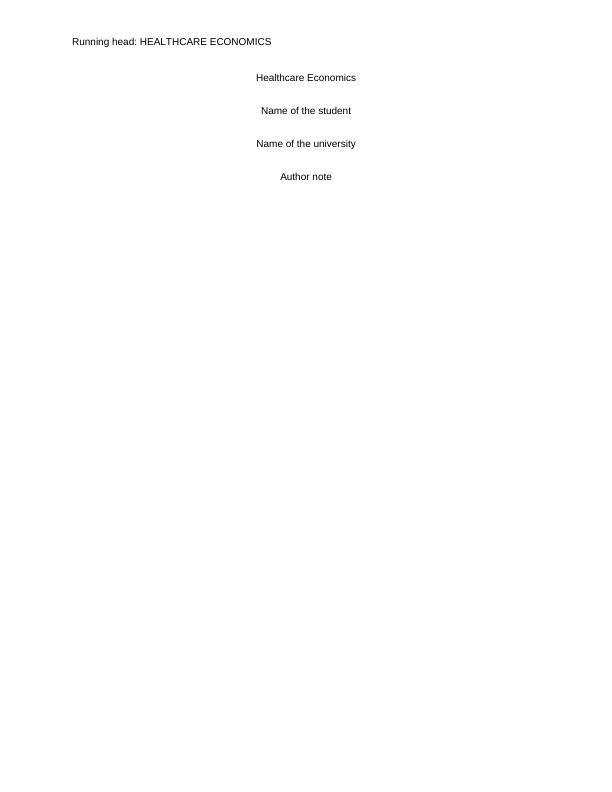Healthcare Economics: Reimbursement Models and Trends
5 Pages1215 Words339 Views
Added on 2023-06-11
About This Document
This article discusses the changing healthcare reimbursement models in the US and their impact on healthcare service users. It covers the Fee For Service (FFS) model, Vale-Based Reimbursement (VRB), pay-for-performance (P4P), insurance reimbursement models, and more. The article recommends that both hospital and physician reimbursement models should be further reformed to prioritize the quality of healthcare services provided.
Healthcare Economics: Reimbursement Models and Trends
Added on 2023-06-11
ShareRelated Documents
End of preview
Want to access all the pages? Upload your documents or become a member.
Managed Care
|10
|2632
|496
Healthcare Economics: Negotiation Strategies for Service Contracts
|4
|1162
|274
Healthcare Policy and Law
|4
|681
|123
Health Economics and Comparative Health Systems
|19
|5288
|485
Understanding the Healthcare System of the United States
|2
|765
|257
(PDF) Health Care Assignment Sample
|4
|673
|191


